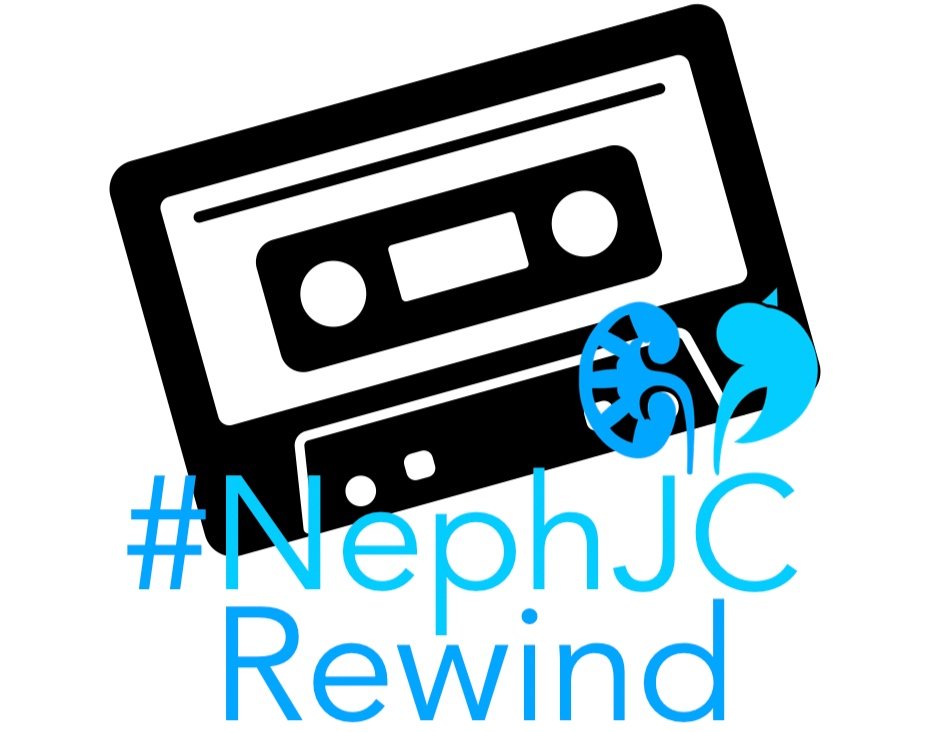Should We Protect Kidney Function with Intravenous Amino Acids? Checkout the colorful VA of PROTECTION Trial by NSMC Intern Samantha Verdugo .
Trial by Combat: Do Amino Acids provide PROTECTION to the Kidneys?
NephJC Rewind: PATH-BP
We have been doing NephJC for over ten years and we feel, in that time we have covered the most important manuscripts in nephrology. With a decade of history NephJC has covered a large amount of the clinical evidence used in day to day clinical care. In fact I find myself sending links to old NephJC summaries pretty commonly and we would like to surface some of these older summaries from time to time. So here is out first NephJC Rewind
Last week JAMA Internal Medicine published this manuscript any Tim Anderson, Management of Elevated Blood Pressure in the Hospital—Rethinking Current Practice. Here, Dr. Anderson is trying to operationalize the work he has been doing for quite some time demonstrating the lack of efficacy and frank harm caused by treating inpatient hypertension. This has been explored in NephJC, Freely Filtered, and NephMadness. As part of this manuscript he supplied a flow chart that showed acetaminophen as a cause of hypertension:
I tweeted about this and a number of people asked about acetaminophen being listed as a cause of drug induced hypertension. This is where PATH-BP comes in (MacIntyre, Circulation 2022). This was a well done cross over trial with a two week washout. Patients took a gram of acetaminophen four times a day or a matched placebo.
The primary outcome was a change in mean daytime systolic ambulatory BP.
There was a statistically significant increase in mean daytime systolic ambulatory BP of 4.7 mm Hg (95% CI, 2.9-6.6; P<0.0001) with acetaminophen compared with placebo.
This was not a mechanistic study so we don’t no why but it is possible that acetaminophen blocks renal prostaglandin synthesis just like NSAIDs do.
Take a look at NephJC’s discussion as well as the original paper.
Riesgo de Hipertensión en el Donante Vivo de Riñón - El Resumen Visual
Risk of hypertension post living kidney donation - The Visual Abstract
The Balance of Giving: Understanding Risks for Living Kidney Donors
Estudio RADAR - El Resumen Visual
El Resumen Visual
¿Realmente existen diferencias entre los pacientes con enfermedades renales raras de otras causas de ERC?
Veamos este resumen visual creado por el miembro de la facultad NephEdC, Brian Rifkin, el cual activa el RaDaR hacia las enfermedades renales raras.
The RADAR study - Visual Abstract
Are patients with rare kidney diseases different from other CKD? Check out the beautiful VAs by NSMC faculty Brian Rifkin and Cristina Popa
Mapping the course of rare renal diseases with RaDaR
Post hoc del estudio COMPASS _ El Resumen Visual
El Resumen Visual
¿Cuál es el riesgo de desarrollar enfermedad renal con el uso de inhibidores de la bomba de protones?
Observemos este resumen visual creado por la pasante de NephEdC, Rowan Zyada, del análisis post-hoc en el estudio COMPASS el cual trata de reflejar el riesgo asociado entre el uso de IBP y la incidencia de enfermedad renal.
COMPASS Trial post hoc analysis - The Visual Abstract
Are proton pump inhibitors detrimental to kidney function?
Checkout the visual abstract for the post hoc observational analysis from the COMPASS Trial by NSMC Intern Rowan Zyada!
Heart-burn and Kidney Churn
FLOW Trial: Are Innovative Treatments Accessible to the Patient Communities in Need?`
FLOW - El Resumen Visual
¡La Marea de Semaglutida llegó a la Enfermedad Renal Crónica!
Del monstruo de Gila al estudio FLOW.
Para ello, veamos el hermoso resumen visual realizado por la pasante de NephEdC, Anjana Gopal, traducido por Milagros Flores.
FLOW- the Visual Abstract
‘FLOW’ing with the Semaglu’TIDE’!
Check the beautiful visual abstract made by NephEdC intern Anjana Gopal, with an appearance of the Gila monster as well.
FLOWing with the SemagluTIDE
The KDIGO 2024 CKD Guidelines: part 2
KDIGO 2024 CKD guidelines part 2 - Visual Abstract
Checkout the top 10 takeaways by KDIGO on the management of people with CKD. VA by Dr Vamsidhar Veeranki
The KDIGO CKD 2024 Guidelines Part 1: Evaluation and Risk Stratification
KDIGO CKD GUIDELINES - VISUAL ABSTRACT
Check out the TOP 10 takeaways from KDIGO - CKD guidelines on evaluation of people with or at risk of CKD by NSMC Intern Stephanie Torres
























